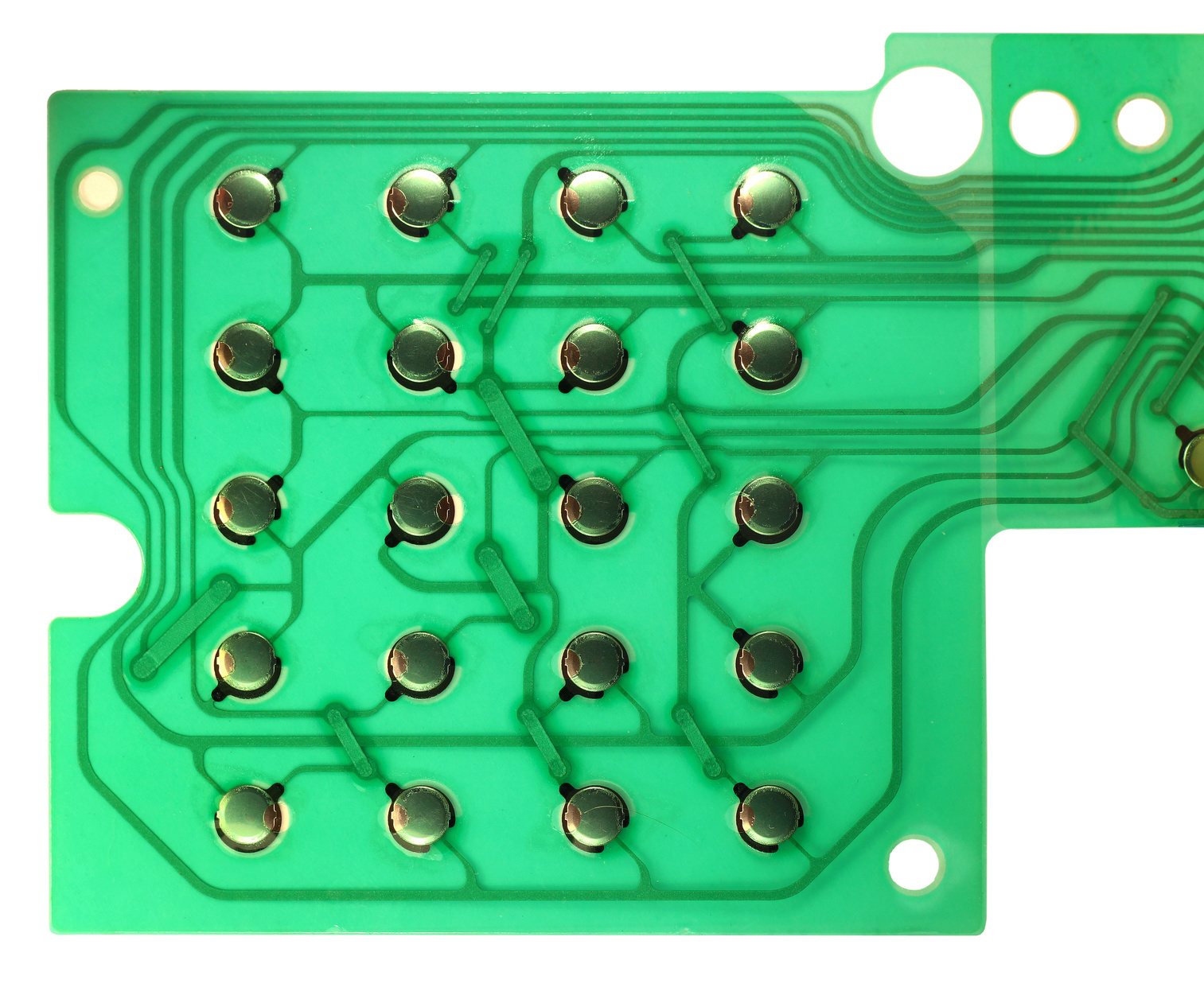Recognizing the Capability of Membrane Layer Switches Over for Individual Interface Instruments
The performance of membrane switches stands for a significant improvement in individual interface design, integrating performance with visual adaptability. As industries progressively focus on user experience, understanding the nuances of membrane layer button innovation comes to be essential.
What Are Membrane Buttons?
Membrane switches are ingenious interface gadgets that promote user communication with electronic devices. These flexible elements contain multiple layers, including a visuals overlay, spacer, and a published circuit layer. The layout enables a smooth integration into numerous electronic devices, enhancing both the aesthetic and functional aspects of user interfaces.
Membrane switches are frequently employed in a wide variety of applications, from family appliances to industrial equipment and clinical gadgets. Their building normally includes a slim account, making them an ideal option for small layouts. The tactile responses supplied by these buttons can be engineered to meet specific customer preferences, making certain effective interaction in between the customer and the device.
Sturdiness is another substantial advantage of membrane buttons, as they are immune to dust, wetness, and chemicals, which enhances their life-span sought after settings. In addition, these switches can be tailored in regards to shape, dimension, and graphic layout, enabling branding and user-specific features. On the whole, membrane layer changes stand for a useful service for improving customer experience in digital gadgets, incorporating performance with visual appeal in an efficient fashion.
How Membrane Switches Job
Operating on an uncomplicated concept, membrane switches utilize a split building to register individual input efficiently. Each switch contains several layers, including a printed circuit layer, a spacer layer, and a leading visuals layer, which are created to collaborate effortlessly. When a customer presses the leading layer, it presses the spacer layer, bringing the conductive aspects of the circuit layer into call with each various other.
This get in touch with produces a closed circuit, signaling the gadget to implement a details function. The style allows for different arrangements, including tactile comments, which can enhance the customer experience by giving a physical feeling upon activation. The materials used in membrane switches frequently consist of versatile substratums, such as polyester or polycarbonate, which guarantee resilience and resilience against deterioration.

Secret Advantages of Membrane Layer Buttons

An additional substantial advantage is their compactness. Membrane layer switches are thin and lightweight, which makes it possible for go now manufacturers to conserve area in their gadgets without compromising functionality. This function is especially useful in applications where weight and quantity are vital considerations.
In addition, membrane buttons are resistant to dirt, wetness, and chemicals, boosting their longevity. This durability prolongs their life-span and minimizes the demand for frequent substitutes, causing price savings over time.
Moreover, the responsive responses given by membrane switches can be enhanced to improve individual communication. They can consist of attributes such as elevated buttons or audible clicks, enhancing usability and customer experience.
Applications Throughout Industries
Interface tools making use of membrane layer switches are common in a broad array of sectors, showcasing their versatility and capability. Membrane Switch. In the clinical sector, membrane layer buttons are integral to gadgets such as analysis devices and person tracking systems, where their resilience and simplicity of cleaning are important for preserving health requirements. In the auto market, these switches are utilized in control panel controls and infotainment systems, supplying a sleek and contemporary user interface for users.
In addition, the consumer electronic devices market gain from membrane layer buttons in home appliances and handheld gadgets, where portable style and straightforward user interfaces enhance individual experience. Industrial applications additionally leverage check membrane layer switches over for control panels in machinery and automation systems, emphasizing their toughness and resistance to severe environments.
In the aerospace and defense markets, membrane layer buttons are made use of in cockpit controls and tools, where dependability and performance under severe conditions are paramount. In addition, the pc gaming sector increasingly integrates membrane buttons in controllers and gallery equipments, adding to an appealing individual experience. In general, the convenience of membrane changes allows their widespread usage across various industries, emphasizing their significance in modern-day customer interface design.
Future Trends in Membrane Switch Over Technology

Furthermore, using sophisticated products, such as polycarbonate and polyester films, is anticipated to increase, providing boosted sturdiness and resistance to environmental stress factors. These materials add to the total durability of membrane switches, making them suitable for harsher commercial applications.
Additionally, the unification of smart modern technology, consisting of IoT connection, will certainly make it possible for membrane layer switches to connect with other devices and systems, facilitating a much more interactive customer experience. This trend lines up with the expanding need for smart tools across numerous industries, from medical care to customer electronics.
Finally, customization choices are anticipated to expand, allowing manufacturers to produce bespoke solutions tailored to particular user demands and choices. basics These advancements will certainly position membrane layer buttons as vital components in the development of user interface modern technology.
Verdict
To conclude, membrane switches represent a crucial advancement in interface modern technology, using a trustworthy and versatile option for varied digital applications. Their split building and construction helps with compact design, while attributes such as tactile feedback boost customer communication. The longevity versus ecological aspects additionally strengthens their utility throughout multiple industries. As innovations in product science and touch picking up innovations proceed, the functionality and applicability of membrane buttons are expected to expand, reinforcing their relevance in modern digital devices.